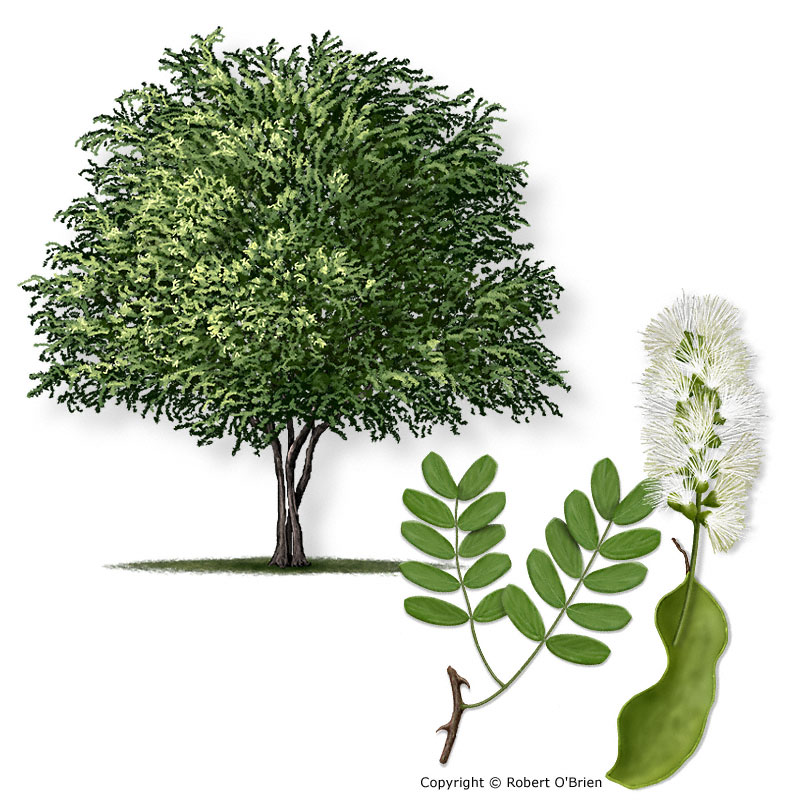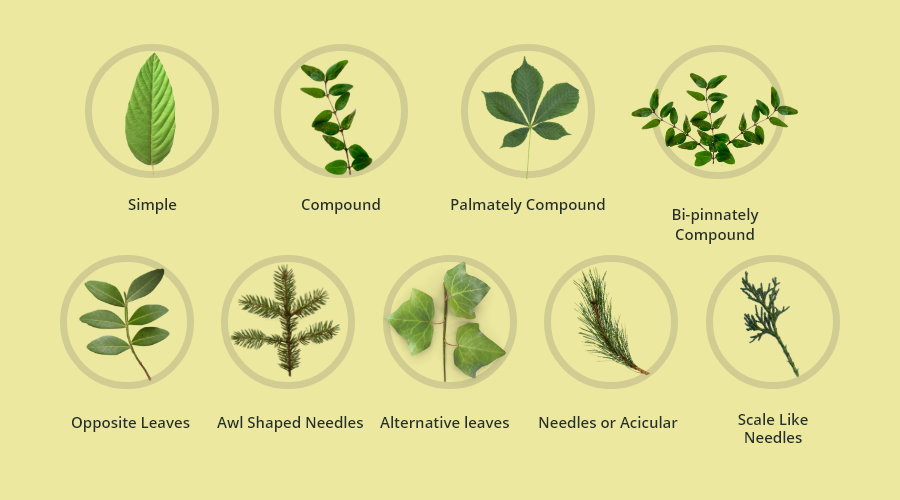

Matures in one year, in clusters of 1 to 3, about 0.75″ long, ovoid, enclosed one-quarter to one-half its length by the saucer-shaped cup Male flowers on catkins are about 2.5″ long, female flowers inconspicuous, about 0.5″ long, Male and female flowers are borne in spring on the same tree Simple, alternate on the twigs, long and up to 2″ wide, leathery, variably lobed, shallow, and irregular lobes Sweet, edible, mature in 1 season, ¾” long and ovoid in shape, pale gray cap that is slightly tuberculate (bumpy or warty)Īshy light gray breaks into narrow, thin flakes

Separate staminate and pistillate flowers on each tree, irregularly lobed hairy calyx, and several stamens in male flowers, female flowers are produced individually or in very short spikes (with 2-3 female flowers) Simple, dark, yellowish-green, ovate leaves bluntly toothed & 4-6½ inches long, yellow-orange in fall Light gray bark, smooth, turns dark gray to black with deep fissures when mature Peach and red colored leaves mature into a dark green color in Spring, 4 – 5 inches long with smooth edges, very leathery texture Medium-gray, deep, narrow scales, vertical ridges Large broadly elliptical acorn, 3/4 to 2 inches long, 1/2 to 3/4 inches wide, enclosed in a deep cap, light brown to grayish Male flowers are elongated, drooping finger-like catkin, female flowers are slightly larger and much fewer in number Large leaves, unusually shaped, small lobes, broad rounded apex Matures in one year, up to 1″ long and enclosed one-half by the acorn cupĭark to light gray, develops scales and flaky plates, shallow fissures on older trunks Male and female flowers are borne in spring on the same tree, the male flowers on catkins up to 4″ long, the female flowers less conspicuous Smooth, silvery brown – almost black and fissured as it agesĪlternate, simple, 2 inches-5 inches long, highly variable, often has a few shallow lobes or serration as you move to the tip, leathery, thick, & semi-evergreen, with raised veins beneath the leaf Separate male and female flowers male flowers are a yellow-green color, appearing in slender catkins, 2 to 4 inches long at the ends of the prior years’ growth, female flowers are more reddish-green and appear as small slender spikes in the axils of new growth Lobed, pointed tips, bristles at the tips, 12 – 22 cm long Yellowish-green flower clusters, inconspicuous, cylindrical, 7.5 cm long (catkins)Įgg-shaped, warty cap, dark color, grows in clusters of five, and the cap covers one-third of the nut Type of Oak TreeĮvergreen, elliptical, lanceolate shape, oblong, oval shape, no lobes, thick, glossy, leathery feel, fuzzy underside, 5 – 13 cm long and 4 cm wide See below for the 15 types of Oak trees in Texas.

This complete Oak tree guide discusses the 15 of the most popular types of oak trees in Texas, with a chart and pictures which means that by the end of the article, you should know which Oak you might see and which ones will look great in your backyard. On the other hand, red oaks have deep red leaves with pointed tips. White oak trees develop acorns faster than red oak trees and their leaves have a whitish color beneath the leaf and have rounded tips.

Oak trees can be classified into two categories, red oak and white oak trees, 11 where the leaves are the main identifying factor. When planted at home, Oak trees block the wind, protect against erosion, and improve your home’s curb appeal. The state has about 50 different oak tree species that grow in different parts of the state which means you can find oak trees in landscapes and homes all over Texas.Īside from helping offset carbon emissions, these huge statuesque trees promote wildlife because they have edible fruits called acorns and act as shelters for many animals. Oak trees cover the country, but did you know that there are certain types of oak trees in Texas?


 0 kommentar(er)
0 kommentar(er)
